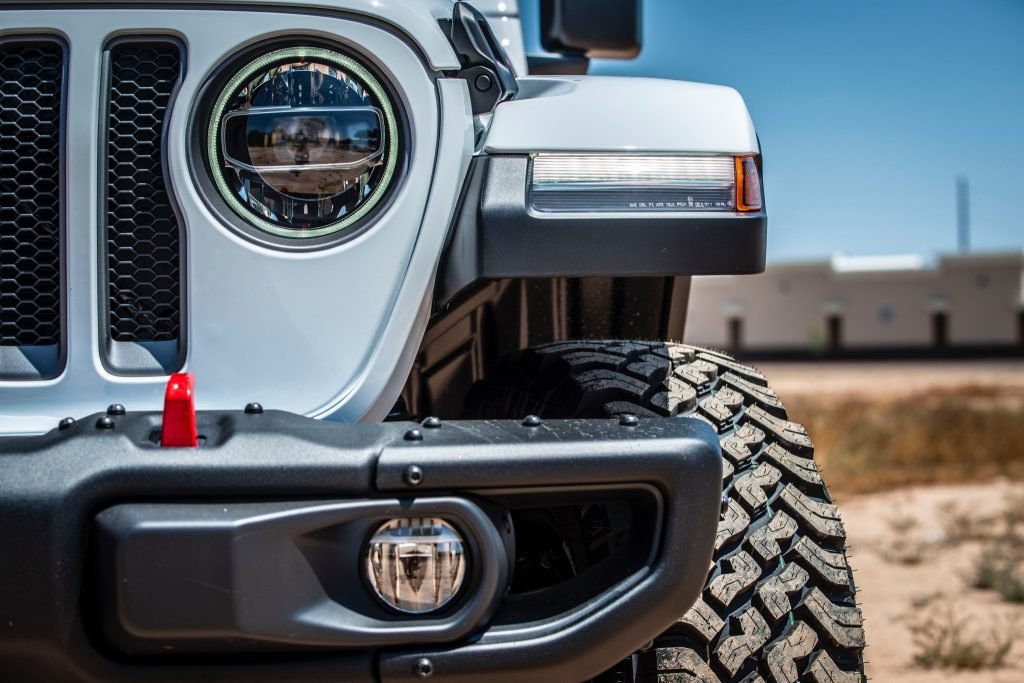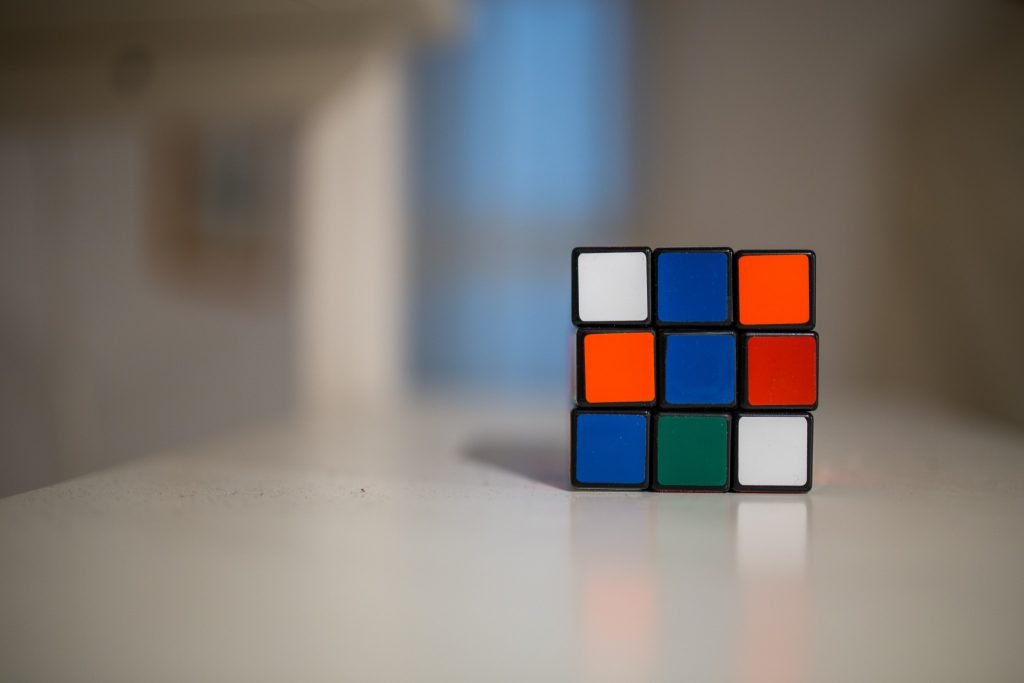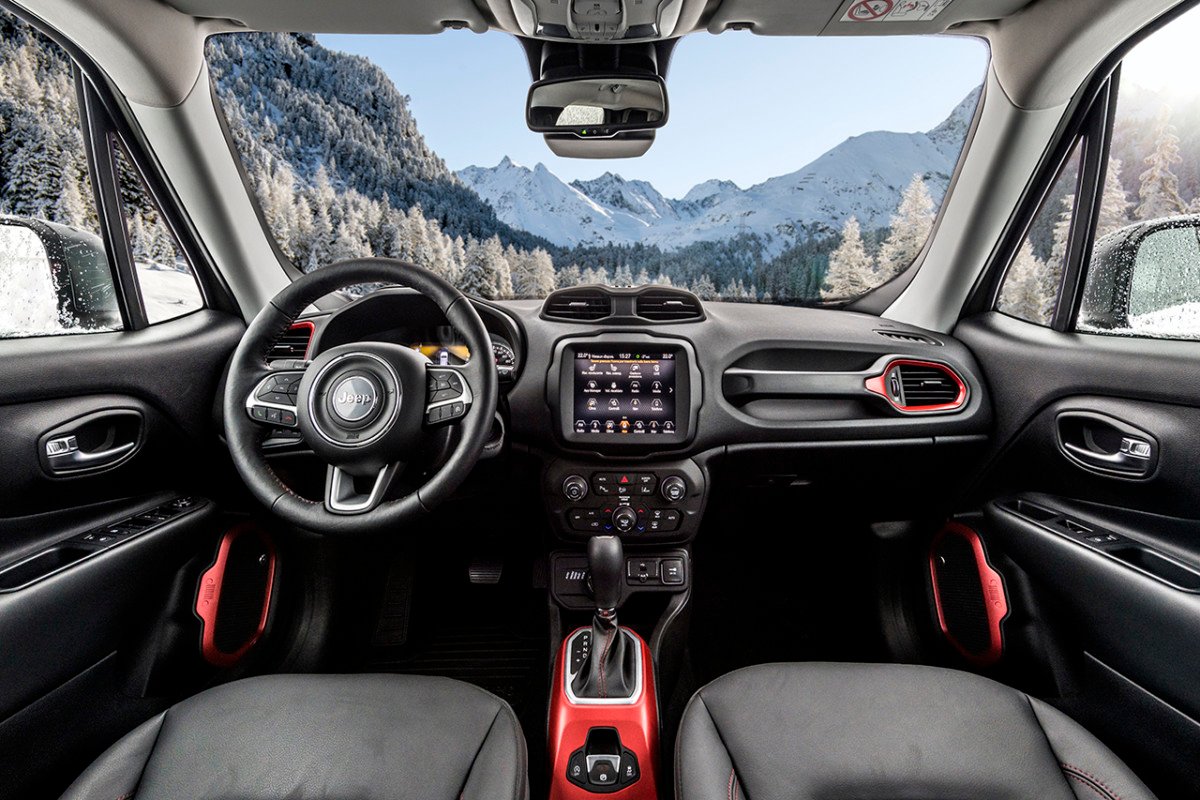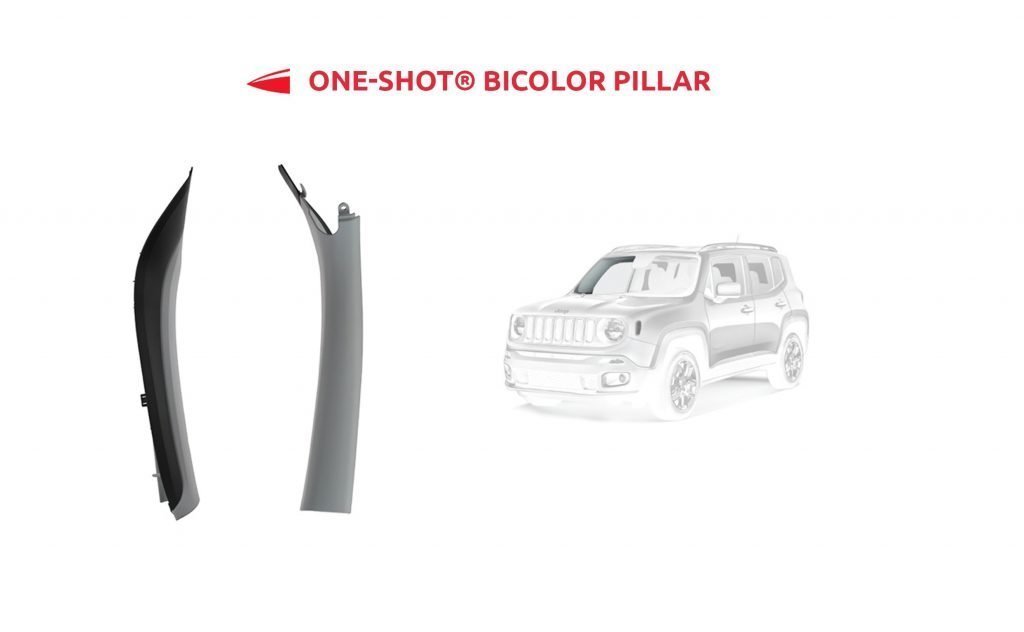Our blog
Would you also like to have lighter and safer car parts right from the planning phase?
Would you also like to have lighter and safer car parts right from the planning phase?
Would you also like to have lighter and safer car parts right from the planning phase?
The Bicolor A-Pillar created with the One-Shot® Method is produced in only 70 seconds and fitting and assembling are compressed to one single phase thanks to a bi-injection moulding process. It reduces waste and yields lighter parts. Here is how.
I admit it.
During the summer holidays I completely unplugged. I allowed my mind not to think, which during the working year, as you know, is basically impossible.
We have deadlines, meetings with customers, new parts to test or to industrialise and unforeseen incidents work towards slowing us down – in short, it’s a mess!
Over the past days, I tried to keep my mind free, but I still kept up to date with what was going on in the world.
Just last week I stumbled across an article by Quattro Ruote, the Italian automobile magazine, about the Jeep Wrangler, a car model that I know very well.
It caught my attention because it was thanks to Jeep that SAPA got involved with a car part that I’d like to talk to you about here. I am sure that you’ll find it useful.

The Jeep Wrangler in an article about car safety published in the Italian automobile magazine Quattro Ruote.
The article said that the FCA group would find a solution to reduce the vibrations that are created on some Jeep Wrangler cars.
The car maker developed a new shock absorber that by stabilising the steering column is expected to limit the vibrations felt on the steering wheel when one drives on bumpy roads at motorway speed.
As I was saying, some time ago Jeep entrusted us with a somewhat special request that is similar to the story of the Wrangler model.
The request was in connection with the Renegade model: a majestic car, with a high side pillar that is extremely wide, which in turn risked making the cabin feel oppressive.
You know very well how important it is to create a comfortable and aesthetically pleasant space for driver and passengers.
Our engineering department got immediately to work to find the most adequate solution that would unite the beauty of the car and its performance.
Initially we considered fixing the front pillar with a plastic insert.
But this solution proved ineffective in terms of safety, particularly in case the air bag was to explode.
We were facing two different issues and the traditional method was not helping us.

SAPA’s Innovation Engineering Department works with the R&D department and quickly proposes a solution to the issues related to the development of new products.
Why the traditional method will not cater for lighter car parts.
As you know, in the traditional method, the pieces are joined, black piece over grey piece, with two machines, with couplings that are then welded by ultrasound, or by hot plate or by vibration.
So, two moulds are created, with two machines, one weighing 100 tonnes and the other 300 tonnes, with two machine operators.
Basically, the pieces are joined mechanically with each of them being produced individually then joined together.
So, the end part is quite heavy.
This process causes some deviations and some imperfections in the joining phase, to the extent that such imperfections can be visible by non-experts.
In some cases, some almost imperceptible deviations can create even more annoying consequences, like vibrations and noisiness.
Here is a summary of the issues that we were not able to solve with the traditional method:
- Safety issues: we needed to make sure that there was enough space for the air bag to explode;
- Weight issues: we needed to make the end component lighter;
- Comfort issues: the wide front pillar made the cabin feel oppressive and it also required two machine operators;
- Aesthetic issues: the micro deviations were often visible to the naked eye.
It was then that an idea came forward: a bi-injection moulded pillar that would allow to create dual-colour pieces without assembly but as one single component instead.
I know it can sound a little crazy, but please let me explain myself better.
The One-Shot® Method revolution in one single press stroke
As I was saying, our Innovation Engineering department developed an unprecedented technology by applying the One-Shot® Method.
As a matter of fact, the new Bicolor A-Pillar requires the presence of a rotating plate inside the press machine with a second satellite plasticising cylinder that injects the second colour.
In short?
What had to be moulded in two separate moulds and two press machines and then had to be assembled, now can be produced – as we say, in one shot.
The component obtained in this way is a one-piece part and is lighter: you don’t have to create the pegs to join the pieces.
And having an elaborate bi-injection moulded one-piece guarantees more precision because you don’t rely on several operators, unlike in the traditional assembly method where a certain degree of deviation is to be expected.
So, here is the One-Shot® Bicolor A Pillar, which right from the designing phase anticipates and eliminates issues and the subsequent need for modifications, which pose annoying and hard to solve problems and risk taking up a lot of your time.
In the traditional method two pieces are joined, the black one on top of the grey one, and then the couplings are welded by ultrasound or by hot plate or by vibration.
Today, those couplings, which are mechanical grips, are produced directly inside the mould.
Here’s what the ONE-SHOT® Method is all about: the possibility to simplify, optimise and speed up the car part production.
With the following beneficial effects:
- Lighter parts and improvement of the car dynamic and stability;
- The bi-injection single part does not require to be assembled: in this way the risk of assembly imperfections is reduced;
- Waste reduction with subsequent reduction of the environmental impact;
- The part is ready in just 70 seconds, so you save a lot of time during production, which is 2.1 times faster.
This method was, therefore, applied to the Renegade model, which to date is the only car fitted with a pillar produced in this way.
So, we hit our target: improving the cabin and solving the issue related to the air bag explosion, which actually is a crucial issue for the car safety.
This is the only method that allows you to:
- Compress two processes into one, thus reducing production time and delivery time. As a result, you will have less worries and more time to dedicate to other parts.
- Eliminate the assembly phase, and this will reduce costs and it will reduce your worries about the funds to be allocated to several development projects.
- Create an ad hoc component, thus taking special care of the product aesthetics, and this, as you know, is invaluable when it comes to cars.
- Have a fully automated process and not having to worry about the error margin deriving from the “human factor”, which is the most difficult one to calculate.
I’m sure you must be asking yourself what the weaknesses of such innovative process are.
In terms of results, there’s none.
The only apparent obstacle is that a press machine of the latest generation is required as well as a perfectly performing rotating plate. Therefore, a significant investment is required of the company: the tooling costs are higher than with the standard method.
An investment is required to reproduce this product.
At SAPA we made that investment, not only in view of future optimisation but especially for the sake of research, which is the centre of our work, of our commitment and of the One-Shot® Method.
What does this mean practically for you?
- Development and tooling – you will have more time to work on the car itself.
- The car will be more lightweight, and in line with the Horizon 2020 standards – you won’t need to carry out recalculations to comply in the future.
- A leaner process and the possibility to work with a partner who specialises in this method and who shares your objectives.
You should also consider that this process is replicable on other components as well.
Would you like an example?
The parcel shelf on the FIAT Panda, which SAPA has been producing for several years: bi-injection moulding can substitute welding and the operator.
Hence, another opportunity to make production leaner and faster.
Well, you may have noticed that the advantages are manifold. The room that SAPA leaves for research makes it possible to foresee and reduce (read: eliminate) issues well in advance.
We are receiving a lot of positive feedback and I am sure that the One-Shot® Method really could change the way you look at car manufacturing.
Kind regards,
Giovanni Affinita
Executive Director and Member of the Board of Directors at SAPA
If you would you like to find out more about the bicolor pillar produced with the One-Shot® Method and find out about its applications on other parts, please fill in the form below.
WE’LL GET BACK TO YOU WITHIN 24 HOURS!
Want to learn more about our one-shot® method and find out how you too can get lighter components and lower emissions?
Let's evaluate together the application of the one-shot® method to the project you are working on. fill out the form below, you will be contacted within 24 hours!


